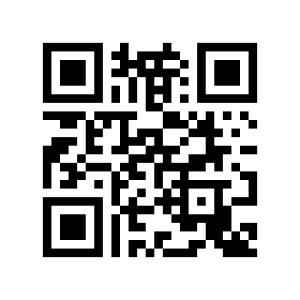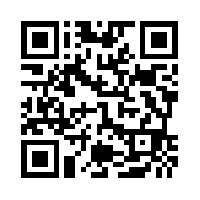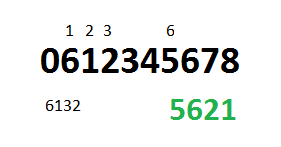Fun fact: QR Codes have been around more than 17 years.
I knew of its existence but lately they seem to be popping up all over the place! I started thinking about the possibilities of using QR Codes.
I like the idea of having a QR Code specifically tailored for my eyes only. Smartphones are mainstream so let’s take from there shall we? Here’s a list of a few ideas I came up with…
Central at all these ideas is tailoring QR Codes just for you! At the heart of it all is your smartphone. So what makes your smartphone unique? Mobile nr, IMEI nr and GEOLocation information at any given time! So here are some ideas that came to me, maybe they’re out there already, maybe not! 😉
QR Code as two step authentication
What if you could use a QR Code at the ATM as added security? Yes, you’d still logon at the terminal. The ATM knows who you are. The next step would be to generate a QR Code that only you can decrypt! The advantage? Well if you card and code falls into the wrong hands, they’d also need access to your smartphone. And if you add the GEOLocation and a time window to the equation, I’d say that’s a tough nut to crack!!!
QR Codes as BGInfo
Any sysadmin worth his salt has used BGInfo. What if you could generate QR Codes dynamically of the system that only you (and your fellow sysadmins) could read. Imagine reading your QR Codes using Google goggles. Finally a valid reason for using Google goggles!!! Actually that is possible here’s the link to prove it.
QR Codes in Data Centers
With Multi-tenant DataCenters there’s always the need of keeping tenants server racks private. Having QR Codes that can only be decrypted by the intended person is a plus. Also see BGInfo idea… 😉
QR Codes for receiving UPS packages
Say you’re expecting a package from UPS. You want to make sure that you and only you can take the package in acceptance. You tell UPS where you want the package delivered (For GEOLocation purposes) add some personal info for verification and you’re good to go! When delivering the package, only if you can decrypt the QR Code (Based on GEOLocation and SmartPhone info) will the UPS guy hand you the package.
So there’s a whole QR Codes world out there to discover! Is there a reason NOT to use QR Codes? I came across a book by Scott Stratten – QR Codes Kill Kittens: How to Alienate Customers, Dishearten Employees, and Drive Your Business into the Ground Scott isn’t against QR Codes, he’s just seen many wrong implementations. If you’re using QR Codes just to come over Tech savvy, then you’re swinging a miss!!! The title “QR Codes kills Kittens” made me giggle just a bit… “Every time someone uses Write-Host a puppy dies…” I still got a PowerShell reference in… 😉
I guess like everything, QR Codes can add value, only if used correctly. By all means look into it…
Ttyl,
Urv











